Venture into Virgin Media: A Digital Powerhouse redefining the concept of connectivity
Discover These Stunning UNESCO World Heritage Sites in Saudi Arabia Worth Visiting
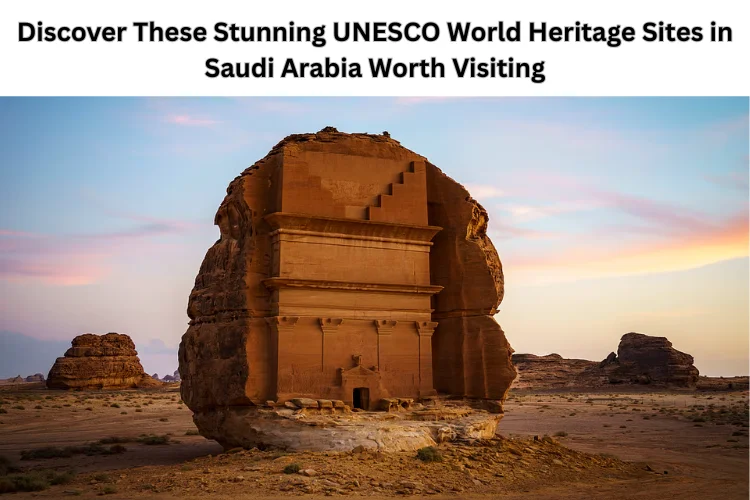
Saudi Arabia is the biggest nation in the Middle East, but it is not only associated with inexhaustible deserts, golden sands and sacred cities but also some of the most beautiful UNESCO world heritage sites are located there. These amazing sites narrate the histories of some of the once thriving civilizations that existed in the Arabian Peninsula and have left behind them some remnants of architecture, art and cultural heritage that have continued to intrigue the tourists today.
The kingdom is gradually evolving into one of the most interesting cultural destinations in the region as more and more international tourism is welcome in the kingdom. The heritage sites in Saudi Arabia are evidence of the rich history of the country, its diversity, and eternal appeal with its traces going back to ancient rock-carved tombs, centuries old trade routes, and fortified cities.
When you are willing to see more than just the modern skyline of the country and touch upon its origin with your own hands, this is the list of five places of worship that you must visit in Saudi Arabia that are among the UNESCO World Heritage Sites that offer the invaluable experience of traveling through the ages.
Al-Hijr (Madain Salih)
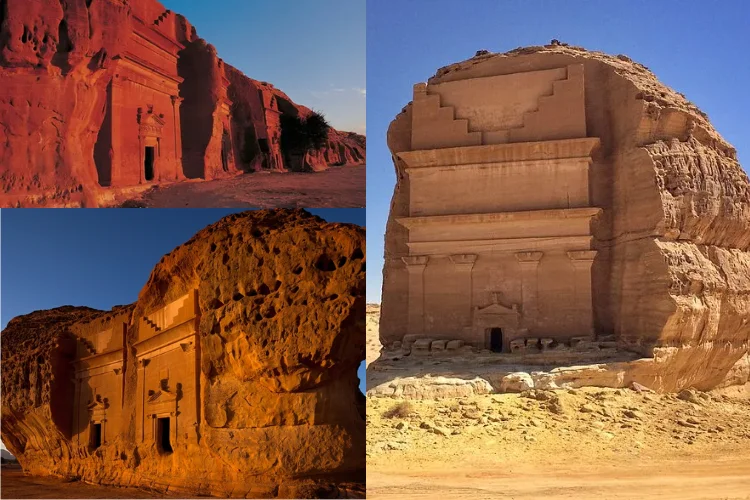
The first UNESCO World Heritage Site that was inscribed on in Saudi Arabia is Al-Hijr (Madain Salih) in 2008. This is an ancient Nabataean town and is commonly known as the sister city of the Petra in Jordan situated in a scenic region, the Al-Ula region.
Al-Hijr, dating to the 1 st century CE, was an important port of call on the ancient incense trade route of Arabia with the Mediterranean world. The site comprises over 100 monumental tombs cut into sandstone cliffs, with detailed carvings and inscriptions showing the high level of skills of the Nabatae when it came to engineering and art.
When you stroll through the desert scenery, filled with silence, there seems to be the presence of the haunting but mesmerizing image of a lost civilization in the beautifully preserved rock facades. The unrealistic landscape, particularly at sunrise or sunset, seems to be entering a different world, a world carved by wind, time and human ingenuity.
At-Turaif District of ad-Diriyah
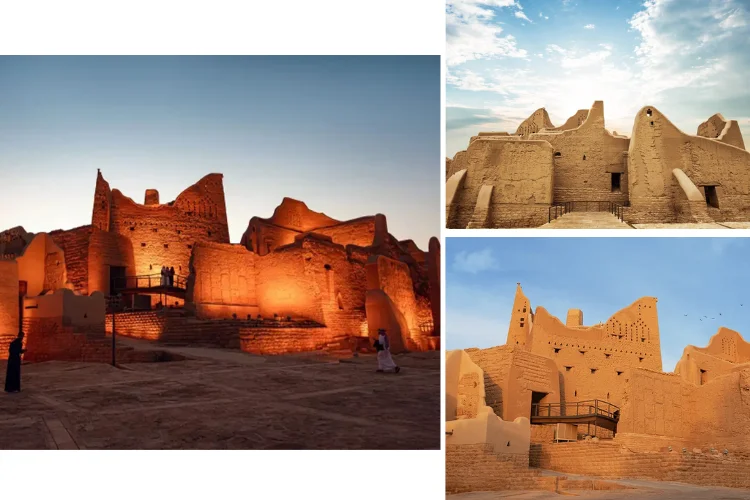
The At-Turaif District was where the first Saudi state was said to have been established in the 18th century in the outskirts of Riyadh. This is the capital of mud-brick and unique Najdi architecture, which is the political and cultural cornerstone of modern Saudi Arabia.
At-Turaif was a political and religious capital of the strong Al Saud family, home to the unique Arabian Peninsula architectural style. The site has been meticulously reconstructed and turned into a heritage and cultural centre of the world with museums, art galleries and immersive walking tours in which history comes alive.
Tourists can spend time strolling in narrow streets, admiring classic towers, and get to know how this small town grew to be the centre of Saudi identity. The site is also magical during the night as the site is illuminated with impressive lights, which is the experience of both history and culture lovers.
Historic Jeddah
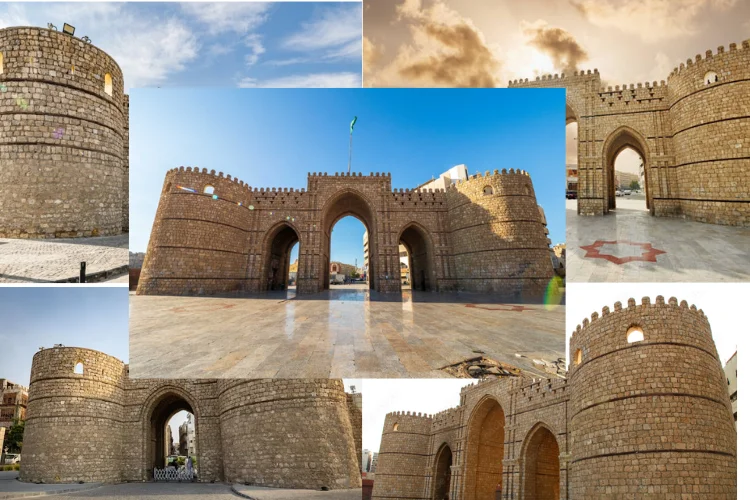
And in case you want to have the colorful urban history of Saudi Arabia, it should be topped by Historic Jeddah, also called Al-Balad. This district was inscribed as a UNESCO site in 2014 as the point of entry of pilgrims arriving by sea before travelling to the holy city of Makkah.
The close lanes of the city, the coral-stone dwellings, and wooden balconies, decorated with flowers and colored glazes (rawasheen), remind the influence of multiculturalism which was formed throughout centuries of trade and migration. The place is overwhelmed with antique mosques, traditional markets (souks) and family run shops that provide the visitor with an insight into the ancient Arabian way of life.
You cannot pass by Nassif House , one of the most renowned heritage structures in Jeddah or stroll in the evening souks when the whole region is illuminated with lights, smells, and small talk. One of the living examples of the harmonious lives of the old and new in modern Saudi Arabia is historic Jeddah.
Rock Art of the Hail Region
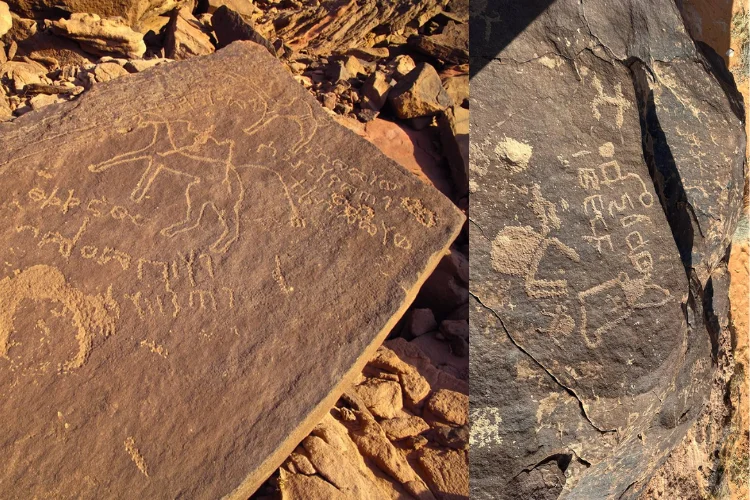
The Rock Art of the Hail Region is a must-see place to any archaeologist as well as antique history lovers. This site was inscribed in 2015 and it contains some of the oldest rock carvings on the Arabian Peninsula in Jubbah and Shuwaymis.
The petroglyphs are up to 10,000 years old; they show horse hunting scenes, animal scenes, and human scenes. The images are carved into sandstone cliffs and open rock faces, which show the creativity, beliefs of the ancient communities and their way of life.
It is also enclosed by the gorgeous desert scenery that makes the site even more mysterious and alluring. When a person comes to Hail, he is initiated into a moving back in time when people used to communicate with the help of art and left behind messages that have outlived their times. It is awe-inspiring and humbling to be in front of such magnificent carvings which make modern visitors reach the first storytellers of Arabia.
The Cultural Area
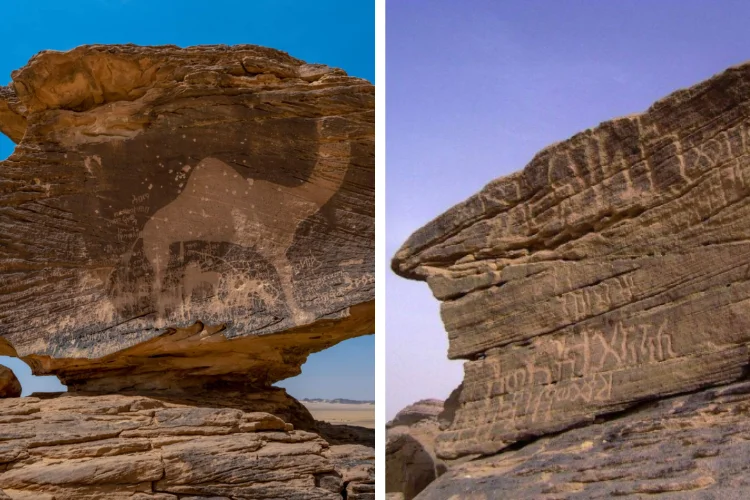
The Cultural Area of Najran is a UNESCO World Heritage Site, located in southwestern Saudi Arabia and frequently called an open-air museum of considerable size. Avoiding the path of even older trade routes, more than 7,000 years old, this area is covered with rock inscriptions, petroglyphs, ancient wells and archeological sites that bear witness to the fact that this place has been a place of cultural crossroads.
Aramaic, Nabataean and early Arabic inscriptions demonstrate the sharing of languages and ideas amongst civilizations. In addition to its archaeological value, Najran has also stunning oases and a distinct biodiversity, and that is why it is a combination of beauty and the past.
Tourists who visit this area have the opportunity to visit old forts, desert towns and valleys of green landscapes, and have a real idea of how life must have been in the dry desert climate.
Final Thoughts
The UNESCO World Heritage Sites in Saudi Arabia are not mere historical sites, they are a window to the soul of the Arabian Peninsula. Both locations provide a view of a part of history that has led the area to what it is today, a mixture of art, culture, and nature in the most remarkable manner.
It could be the ancient inscriptions of Hail or the grandeur of tombs of Al-Ula or the colorful streets of Jeddah Al-Balad, these places prove the idea that the beauty of Saudi Arabia is much deeper than its deserts, it is in its ancient inscriptions carved into stone and souls.
